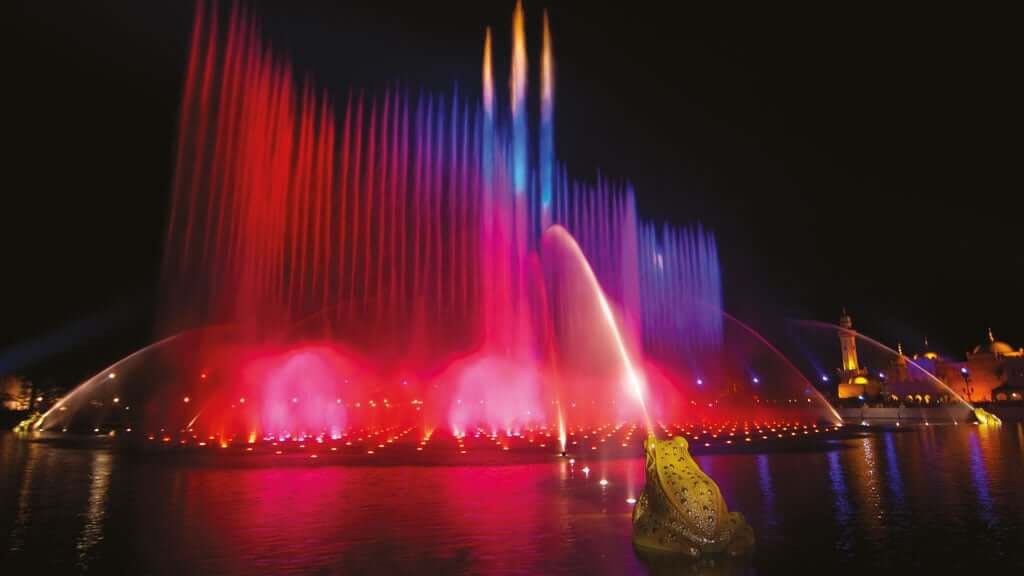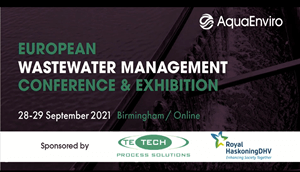Why should we remove phosphorus and how do we do it efficiently?
Phosphorus (P) in waste water discharge into a water body is often the limiting nutrient for primary productivity in the water. Hence excessive P may lead to eutrophication.
There has been an increasing demand to achieve very low effluent total phosphorus due to more stringent discharge limits imposed on waste water treatment plants in Europe. Total P levels below 0.10 mg/l require treatment alternatives, well beyond the current technologies.
What phosphorus fractionation is present in waste water effluent?
Secondary effluent of a well performing plant typically contains total phosphorus levels in the range of 0.4 – 1.2. Actual performance depends on the primary and secondary treatment technologies applied. Total phosphorus is a sum parameter, which should be differentiated to analyse the best possible removal method. Phosphorus is present in soluble (pass 0.45 micron filter) and particulate form. Both soluble and particulate phosphorus consist of reactive P (also indicated as ortho P), poly P and organic P. Dissolved organic phosphorus is hard to remove at all and may contribute to 0.05 – 0.2 mg/l. Always be aware of this! You could reach a threshold which is difficult to pass.
What should the additional treatment look like?
If you want to remove phosphorus to say 0.10 mg/l you need to find ways to remove both particulate and soluble phosphorus effectively. Waste water treatment effluent will – per definition – contain both particulate and soluble phosphorus. Samples at Dutch waste water treatment plants show levels of particulate and soluble phosphorus, both in the range of 0.2 – 0.6 mg/l.
Hence the appropriate tertiary treatment technologies should be able to chemically convert the soluble phosphorus and also be an extremely effective barrier for particulate phosphorus by removing solids.
Which technologies are applicable?
We have applied three technologies, which have the power to remove phosphorus to levels less than 0.10 mg/l. Disc and cloth filtration are useful as a compact solution which sometimes might fit nicely into the hydraulic line diagram of the existing treatment plant. Continuous media filtration has also proved to be a very suitable solution for phosphorus removal. It also offers the possibility to combine nitrogen and phosphorus removal in one treatment process. We will always seek for the best possible solution for your case.
We are collaborating with our clients and partners to find the right solution to protect our environment with respect for our water reserves. We have built various phosphorus removal plants; we are happy to share information with you to help you find the right solution.

Effluent reuse in theme park Efteling
The popular theme park Efteling in Kaatsheuvel (the Netherlands) launched a drought prevention program to reduce the total volume of ground water abstraction to feed the numerous water ponds in the park. The ponds, water bodies and fountains are vital components for both the theme park
and the adjacent golf course. Moreover the water is used for green keeping. Groundwater was used for green keeping, but as a result groundwater levels tended to drop. Therefore effluent from WWTP Kaatsheuvel has been used for replenishing water in the ponds since 1997. Particular attention was paid to extensive removal of phosphorus to levels below 0.10 mg/l total P to prevent any eutrophication in the ponds.
If you are interested in this topic, please have a look in our projects, containing relevant white papers: for this topic we recommend the white paper with the title: “Effluent reuse P-removal”.
Please visit our video contribution to the 14th annual European Waste Water Management Conference: "Enhanced P removal by changing design and operational parameters to meet new permits with sand filters and utilising Sand-Cycle".

